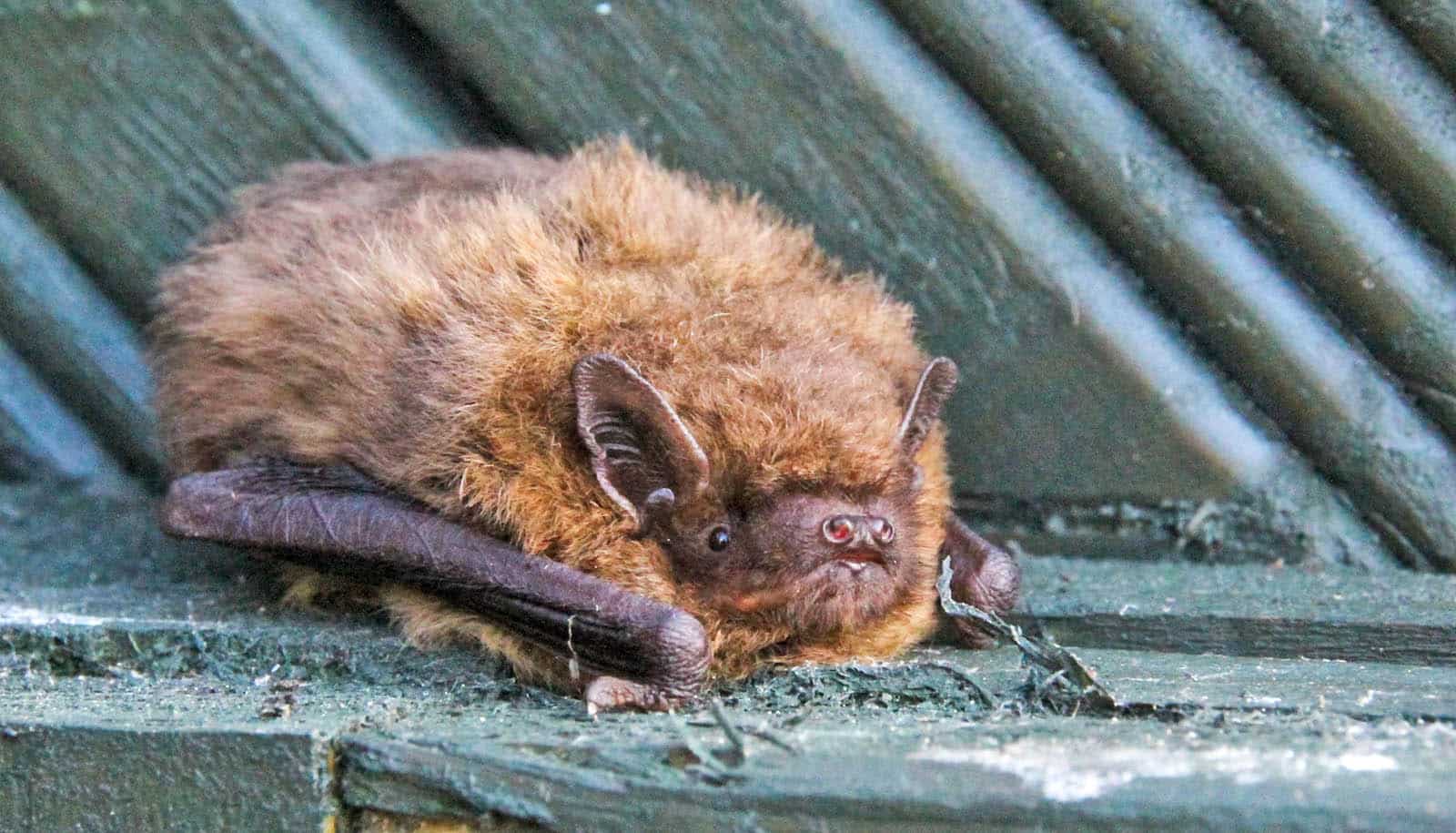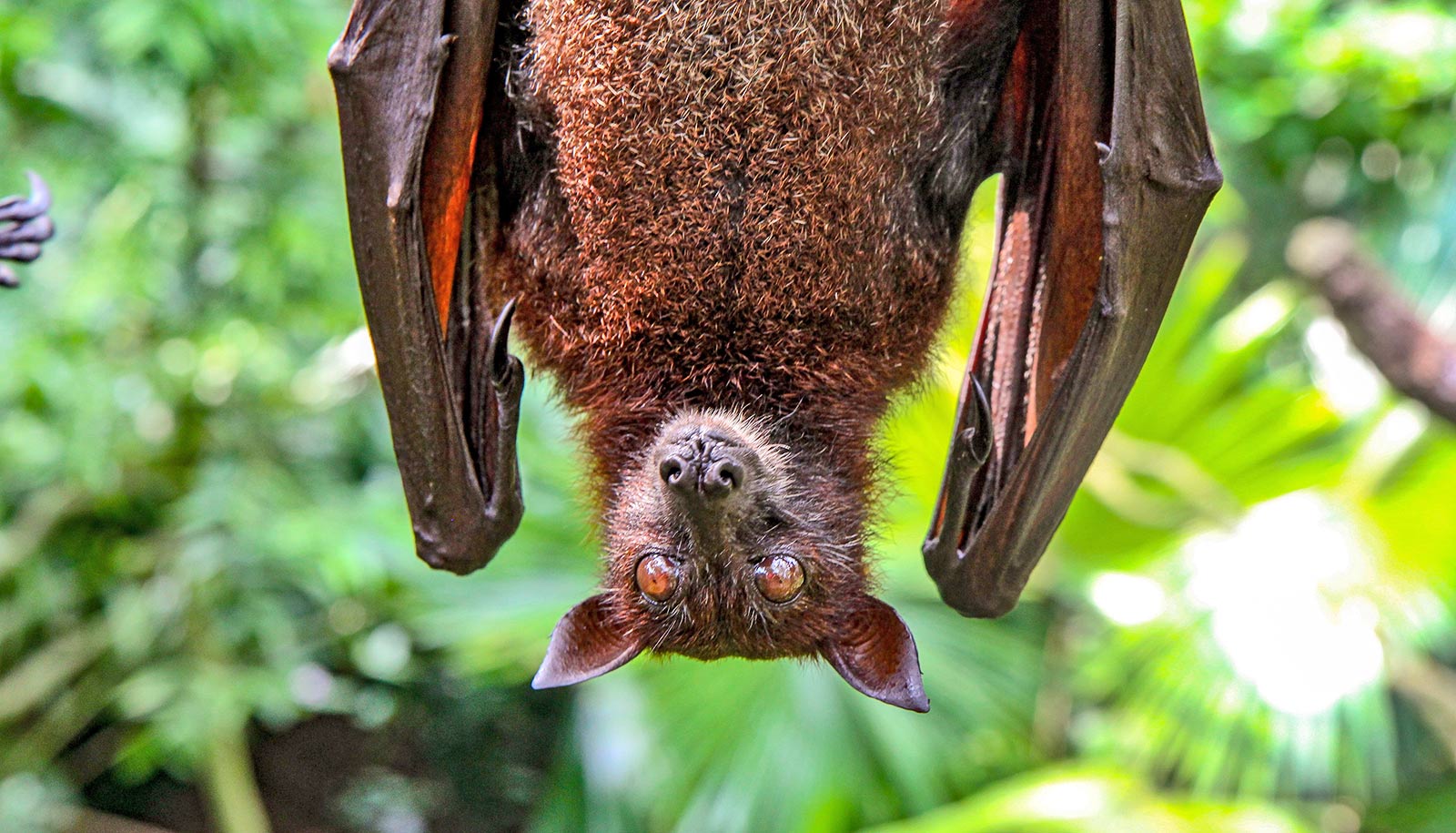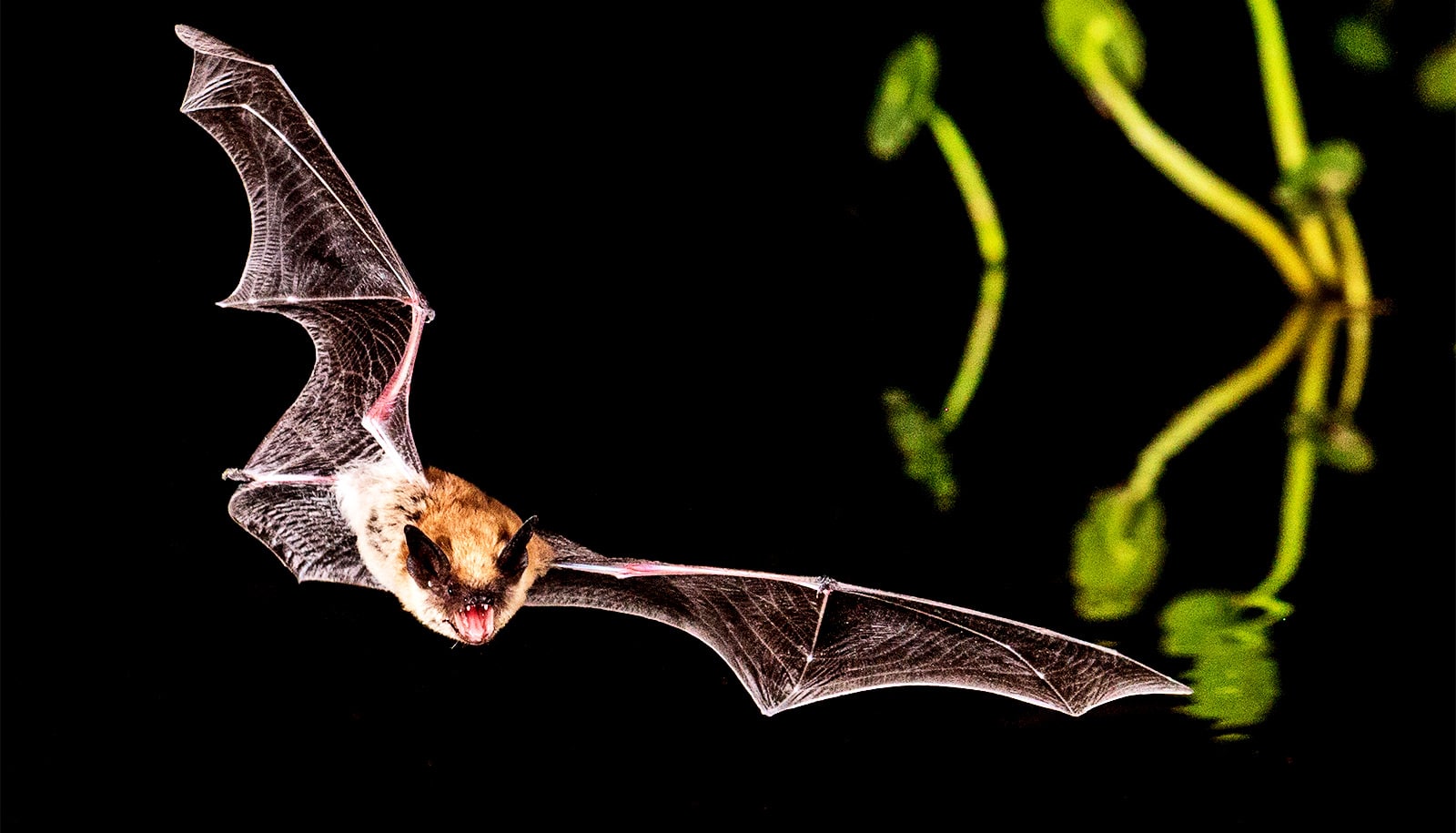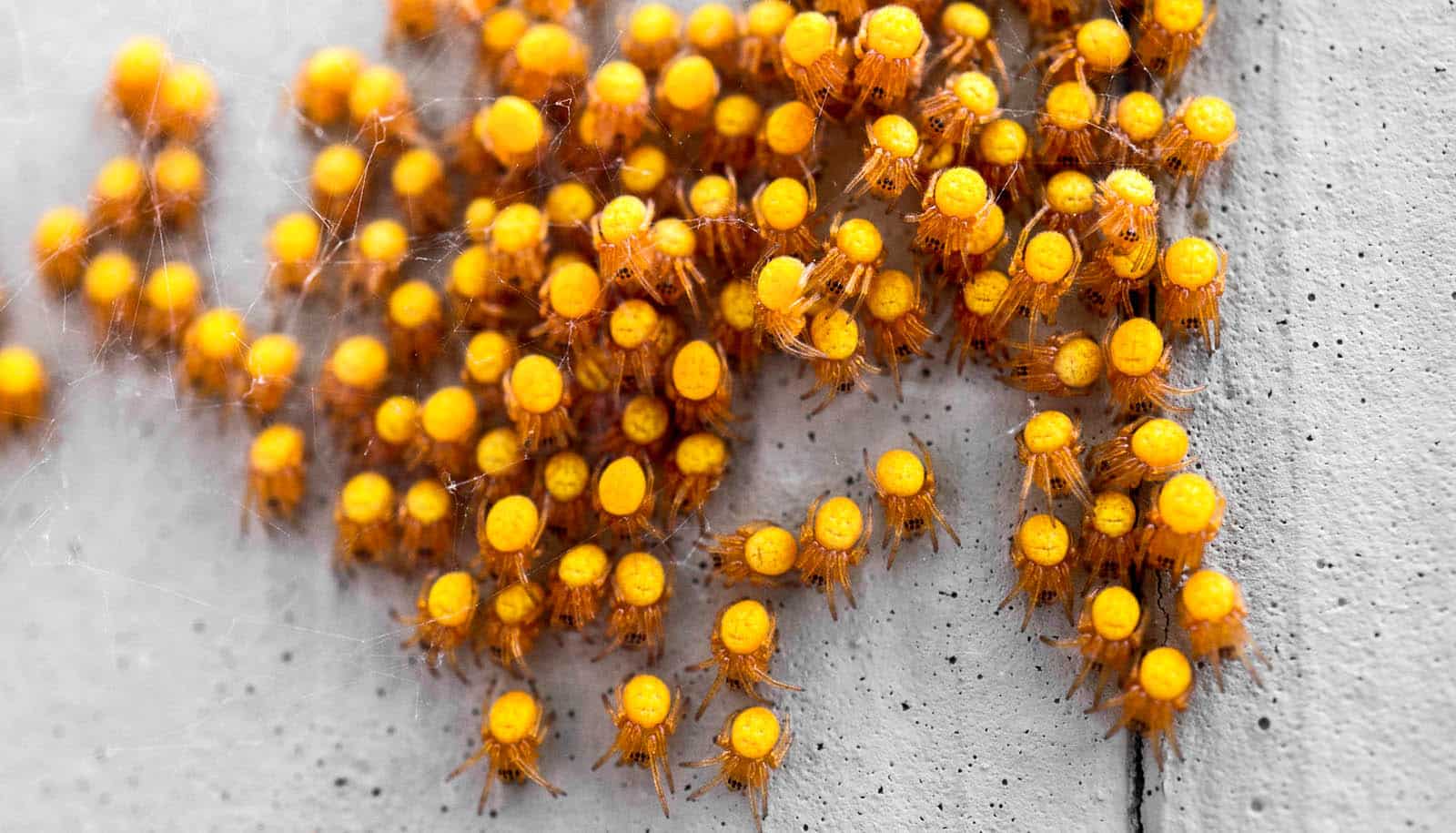The last week in October is Bat Week, so experts are separating fact from fiction about the amazing and beneficial animals.
As the only true flying mammal—flying squirrels glide, not fly—bats can seem a little bizarre, which probably doesn’t help their public perception. They live in dark places, come out at night to feed, and the sight of hundreds in flight can send a shiver down people’s spines.
The bumblebee bat can weigh less than a penny. The flying fox/fruit bat can have a wingspan over four feet.
But bats are far more friend than foe. Although, like all wildlife, they need space and a healthy dose of respect, they deserve our appreciation rather than our abhorrence.
Brian Pierce, associate director of the Texas A&M Natural Resources Institute at Bryan-College Station, and Janet Hurley, AgriLife Extension senior program specialist for school integrated pest management in Dallas, share their insights below.
Pierce is part of a team looking at ways to stop the spread and protect bats from white-nose syndrome, a fungal infection that affects and kills hibernating bats. It does not cause illness in humans but is transferred between bat populations with devastating results.
Bat benefits
Ranging from Instagram-cute to a face only a mother, or biologist, could love—all bats play key roles in their ecosystems and are crucially important to biodiversity, human health, and agriculture.
Hate mosquitoes? Bats have your back. They can eat up to their weight in insects each night. Their insect-heavy diet also serves to protect crops from pests.
“Bats provide such a vital role in controlling insect pests, but because most people never interact with them, they don’t really appreciate how important they are for public health and agriculture,” Pierce explains.
Pierce says that although bats don’t rid us of all our insect pests, they put a huge dent in their populations.
“Back when southern states were fighting yellow fever and other insect-transmitted diseases, giant artificial roosts were constructed for bats,” he says. “Bats were used to minimize mosquitoes and control disease spread before the use of pesticides.”
Bats also act as pollinators for over 300 fruits and spread seeds for nuts, figs, and cacao. If you love chocolate or guacamole, the work they do as pollinators helps make all those products possible. And, they serve as a food source for birds of prey as well as some other animals.
“All species have an important role to play in our environment,” says Pierce. “It just so happens that bats play a role we don’t really see. It is very much like the bee population; without bees many things wouldn’t be pollinated and the effect on agriculture would be huge.”
Don’t buy these bat myths
- Bats are not blind. They have good vision but also use sound waves, or echolocation, to help them navigate and locate food.
- Not all bats live in huge colonies in caves. Some species are loners and prefer to have a small space of their own.
- Unlike the myth of Dracula, bats don’t live forever and aren’t afraid of the sunlight.
- Some species can live up to 30 years and not all bats are strictly nocturnal.
- Only a few species of bats actually drink blood and their usual choice of host is cattle or chickens, and they don’t drink enough to kill the animal. The rest stick to a diet of insects, small reptiles, fruits, and pollen.
- Bats will not fly at you to attack your head. If one seems to dive-bomb you, they are probably swooping down to get the mosquitoes and insects you attract.
Fascinating bat facts
- Bracken Cave Preserve, located outside of San Antonio, has the world’s largest colony, with an estimated 15 million Mexican free-tailed bats. Most females can only have one baby, or pup, per year. Times of drought, food scarcity, and stress can result in entire colonies not producing pups.
- Their size varies from teeny tiny to several pounds. The bumblebee bat can weigh less than a penny whereas the flying fox/fruit bat can have a wingspan over four feet.
- Each species has a unique vocalization.
- Bats within the genus Myotis have been found to have telomeres that don’t seem to shorten with age. Telomeres, which are sections of DNA located at the end of chromosomes, affect the aging process for all mammals. This could explain why they are the longest-living known bat species and could help scientists better understand the process of aging.
- Some bats hibernate during the winter while others migrate to warmer climates.
- Scientists who study bats are called chiropterologists.
How can we protect bats?
As people encroach on what has historically been their habitat, bat populations can be negatively affected through habitat loss. This also can lead to more human/bat interactions.
Part of protecting bats is making sure they don’t encounter people and that they don’t make their homes in places where removal will be necessary. Hurley teaches professionals how to keep bats out of schools and other buildings and what to do should they come in contact with one.
“They traditionally return to the same place to roost again and again,” Hurley says. “So, if that grove of trees is cut down and replaced with a building or house, there’s a good chance that bats will try to make themselves at home if they can find a way to enter the building.”
What about rabies?
For centuries people have been fearful of getting rabies from bats. Nowadays, if a person does come in contact, post-exposure prophylaxis is available. This series of shots can prevent rabies from developing if given before symptoms start.
It is a good precautionary practice to seek medical evaluation and care immediately following any direct contact with a bat, Hurley says.
Most years, the United States records zero deaths from rabies from bats, but there were five fatal instances in 2021 involving people who didn’t seek medical aid and/or weren’t properly treated in time.
“Your odds of dying from getting rabies from a bat are very slight, but proper caution around them is something children and adults need to be aware of and understand,” Hurley says.
The reality is you need to take extra caution and avoid any bat or other wildlife that is acting strangely. Never touch or hold any bat.
Like all wildlife, keep your distance and don’t enter caves or other places where they live and mate. Bats have far more to fear from us than the other way around.
Source: Texas A&M University



